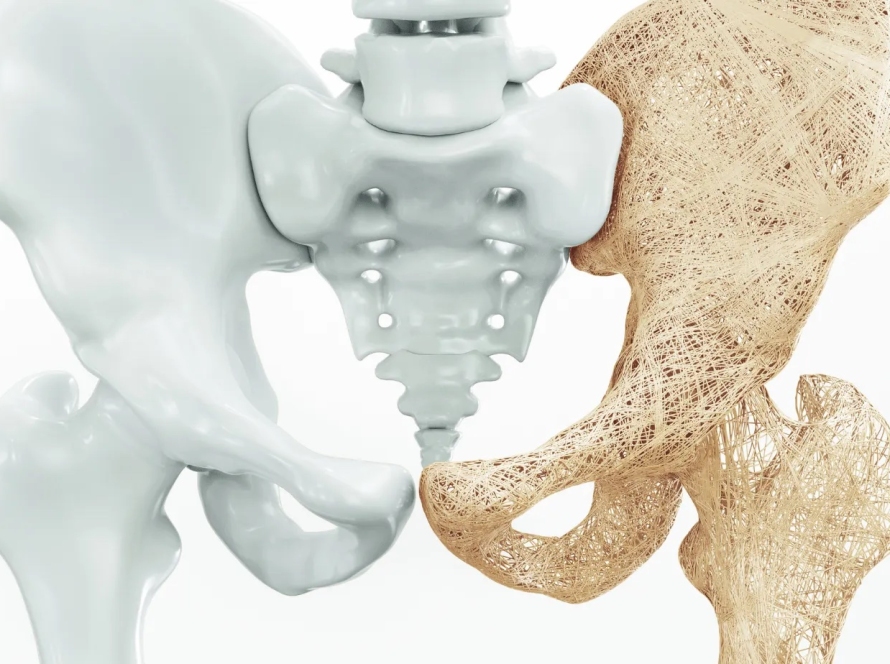Gallstones
Gallbladder, which is a small organ in the right abdomen below the liver. It stores and releases bile, which is a green-yellow digestive fluid that helps with digestion. Gallstones disease is a very common disease that needs to be treated as soon as it’s diagnosed. Otherwise, it’ll cause bad complications. Let’s figure out what gallstones disease is and how we diagnose it and treat it.
Definition of Gallstones
Diseases happen to the gallbladder when something blocks its bile duct, such as gallstones. Most gallstones are created when substances that are found in bile, like cholesterol and bilirubin, harden. Gallstones may range from the size of grains of sand to that of golf balls.
Symptoms
Gallstones can be asymptomatic. But, if the gallstones block the duct, the resulting symptoms would be:
1. Sudden intensifying pain in the right of the upper abdomen, under the rips
2. Pain in the right shoulder
3. Nausea and vomiting
4. Jaundice – the color of the skin and the eyes become yellow
5. pale-colored poop
6. Dark urine
7. Itchy skin
8. Fever and chills
9. Diarrhea
10. Loss of appetite
Causes of gallstones
It is not really clear what causes gallstones to form. But doctors think that gallstones can result when:
- The bile has too much cholesterol
- The bile has too much bilirubin
- The gallbladder doesn’t empty well
Risk Factors
- Female
- Age 40 or older
- Native Americans
- Hispanic of Mexican origin
- Overweight or obese
- Pregnancy
- High-fat diet
- High-cholesterol diet
- Low-fiber diet
- Family history of gallstones
- Diabetes
- Certain blood disorders, such as leukemia or sickle cell disease
- Losing weight in a short time
- Medications that contain estrogen, such as oral contraceptives or hormone therapy drugs
- Liver disease
- Intestinal diseases like Crohn’s
When to see a doctor?
- You should see your doctor if there are any signs and symptoms that indicate gallstones
- You should seek medical advice right away if there are severe symptoms, for example:
· Jaundice
· Really bad pain
· Chills and high fever
Diagnosis
- Abdominal ultrasound: we can see stones in the gallbladder
- Serum liver function tests: to see if there is a complicated disease
- Full blood count (FBC): to see if there is elevated WBC
- Serum lipase or amylase: to see if there is pancreatitis
- MRCP (magnetic resonance cholangiopancreatography)
- Abdominal CT scan
Differential Diagnosis
- Peptic Ulcer Disease
- Gallbladder Cancer
- Gallbladder polyps
- Acalculous Cholecystitis
- Sphincter of Oddi dysfunction
- Non-biliary acute pancreatitis
Management
Most patients with gallstones that don’t cause symptoms don’t need treatment. Doctors determine if treatment for gallstones is indicated based on the symptoms and the results of diagnostic tests.
Treatment options of gallstones disease are:
- A surgery called cholecystectomy, which means removing the gallbladder
- Medicine to dissolve gallstones: it isn’t usually used.
References
Mayo Clinic – BMJ – Healthline – WebMD
If you have any concerns about non-emergent health conditions, you may schedule a telemedicine consult with Dr Kaako for individualized consultation.


